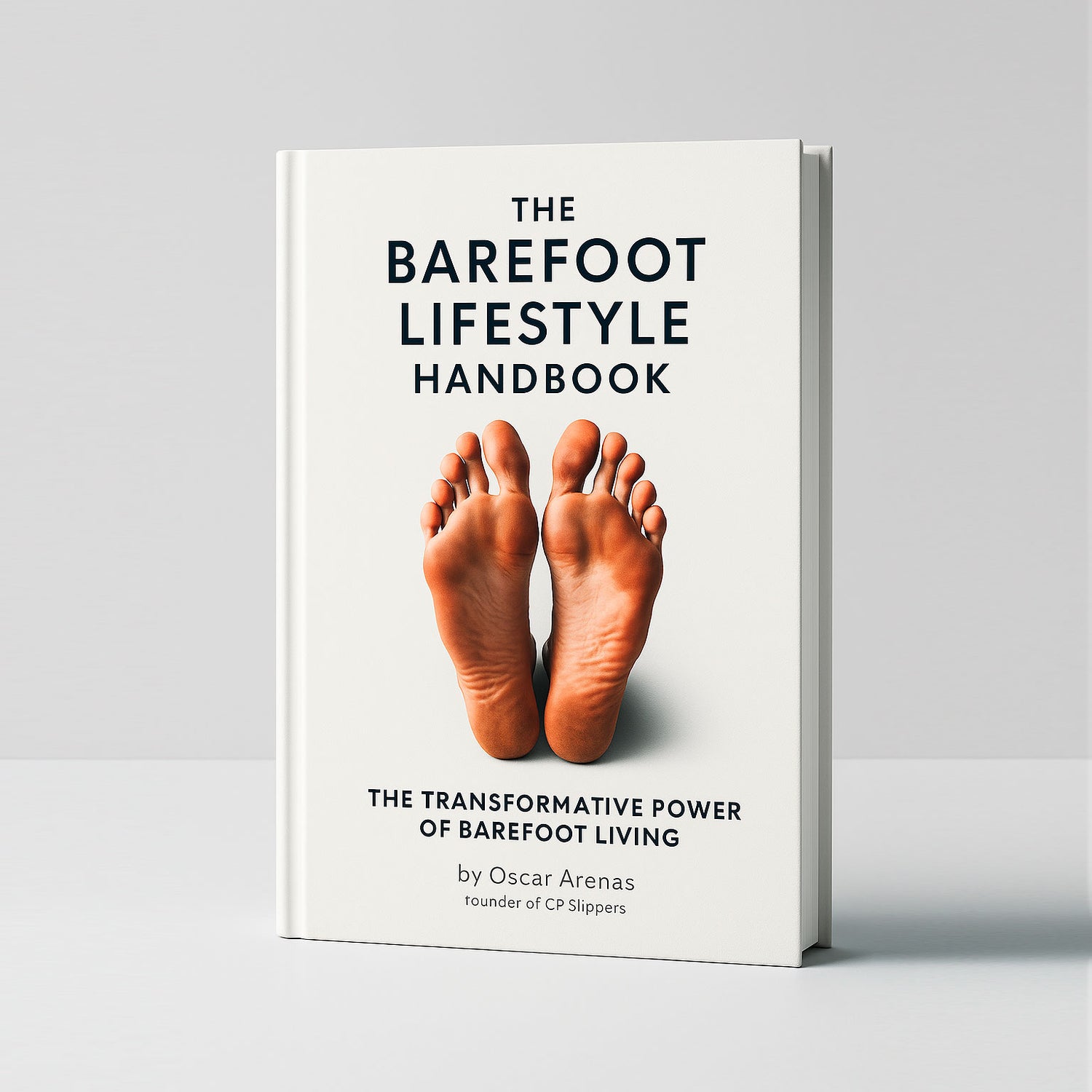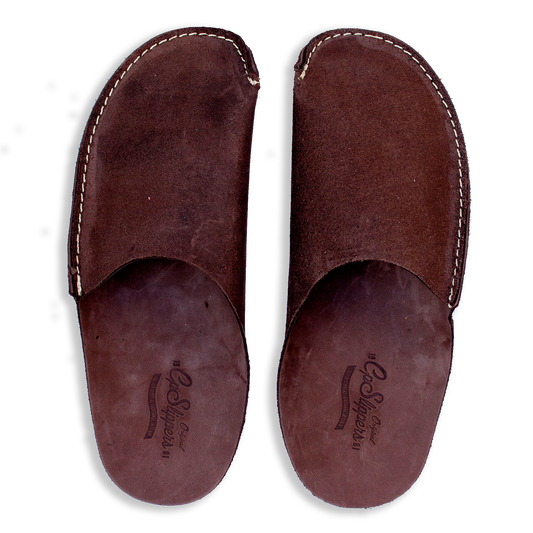An exploration of cultures where going barefoot is the norm.
Exploring barefoot traditions around the world
Long before barefoot began to be a trend, it was a way of life deeply rooted in the cultures, beliefs, and daily rhythms of civilisations around the world. Walking barefoot has changed people's movement, worship, and relationship with the land from daily routines to holy ceremonies. This chapter honours the variety of barefoot communities and demonstrates how a tiny action bridges barriers and speaks to something profoundly human.
Africa: Grounded in tradition and earth
Over most of Africa, going barefoot is not a fad but rather a custom. Especially among young children and elderly individuals, walking barefoot is still somewhat common in rural areas as well as crowded cities. Still, it's a statement of respect for land, ancestry, and community, not merely a logical choice in hotter climates.
In many African spiritual gatherings, bare feet reflect intimacy with nature and humility. Walking huge distances across open terrain or dancing in a circle, the barefoot experience is both physical and spiritual; it's a manner of being anchored in every aspect of the word.
Southeast Asia: Reverence, ritual, and simplicity
Daily living in countries like Thailand, Laos, and Myanmar is rooted in barefootism. Removing their shoes before visiting homes, temples, and sacred locations, both guests and locals show respect, purity, and attention.
Deeply rooted spiritual concepts guide this cultural behaviour. Buddhism claims that the dirtiest part of the body is the feet, so wearing shoes is not critical. Beyond symbols, though, the activity encourages a more conscious engagement with space, therefore promoting reverence of the Earth under us.
India: A sacred step toward the divine
In India, walking barefoot is revered rather than merely accepted. Millions of individuals walk barefoot on religious pilgrimages, temple visits, and ceremonies. Hinduism considers walking barefoot to allow one to absorb spiritual energy and maintain cleanliness while visiting holy sites.
Daily living also displays this naked passion. Markets, towns, and city streets abound with people strolling without shoes; this is proof that the daily and the spiritual never live far away. One approach to being modest, straightforward, and submissive in India is to walk barefoot.
Indigenous wisdom: Living in intimacy with the land
From the Australian Outback to the Amazon jungle, indigenous people offer some of the most classic examples of barefoot life. In these communities, the Earth is a relative; it is not a resource. Walking barefoot is a holy approach to learning from the ground as well as pragmatic.
In many traditional traditions, bare feet provide important information: the ground's temperature, the minute movement of creatures, and the pulse of the surroundings. Often overlooked in contemporary metropolitan life, this close awareness helps one to develop survival, respect, and equilibrium.
Western cultures: A return to natural roots
By contrast, the West has only lately begun to rediscover barefoot living—often via ecological movements, health, or fitness. Originally considered as dirty or disrespectful, barefoot activities are gaining popularity in areas of sustainability, simplicity, and wellness.
From barefoot running to earthing, Western cultures are slowly rediscovering something many others never lost: the calming simplicity of skin on ground.
This shift catches growing demand for authenticity. Many find comfort, presence, and a restored connection with the environment by stepping back from our roles. Written aside as primitive once, today we see this as wise.
Final thought: The earth beneath us, the culture within us
Walking barefoot reveals a shared human thread running across customs, beliefs, and daily life anyplace. Though the causes and expressions vary, the basic is a longing to feel more connected, more grounded, and more alive.
Learning about numerous barefoot civilisations allows us to change our way of life instead of merely our walk.






